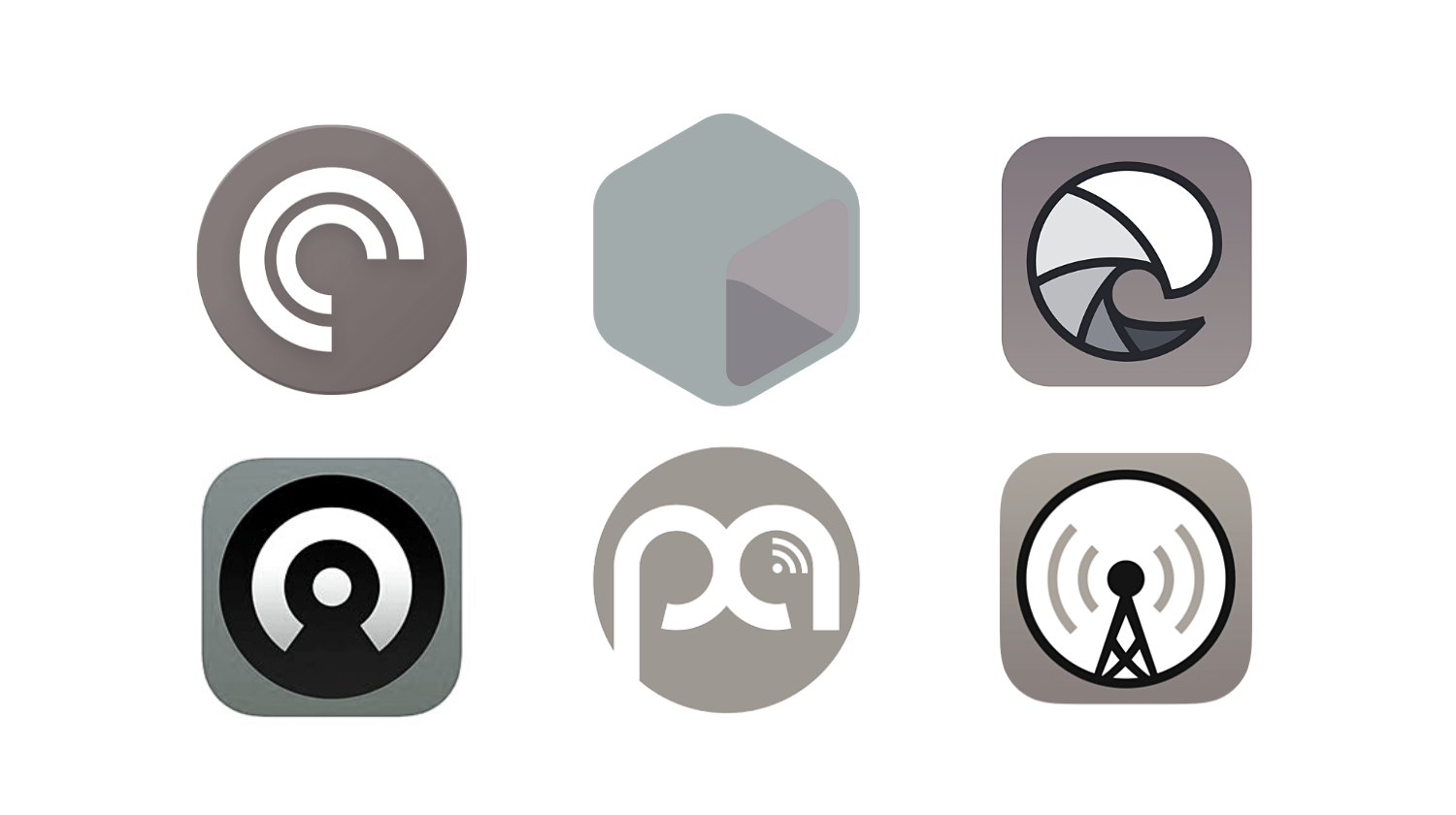At ThreatLocker’s Zero Trust World 2025, we were presented with a grim yet essential look into the Dark Web—a place that many associate with cybercrime, illicit marketplaces, and anonymity. Collin Ellis’ session painted a chilling picture of the hidden corners of the internet, where stolen credentials, ransomware-as-a-service, and even hackers-for-hire operate in a thriving underground economy. But while the presentation showcased the worst of the Dark Web, it also reminded me of something I’ve said before—and I’ll say again: the internet is not an alien creation. It is a mirror of our own society, digitized.
Understanding the Dark Web
For those unfamiliar with it, the Dark Web is not some separate, mystical dimension. It’s simply a part of the internet that isn’t indexed by traditional search engines and requires special software—like Tor—to access. Originally developed for anonymous communication by government agencies, it has since evolved into a space where both legitimate and illicit activities coexist. While many only hear about its dangers—drug markets, stolen data, cybercrime networks—it also serves as a sanctuary for journalists, whistleblowers, and activists operating under oppressive regimes. The key takeaway? The Dark Web is neither inherently good nor evil; it’s simply a tool, shaped by those who use it.
Cybercrime or Digital Marketplace?
What struck me most about Ellis’ session was how organized the cybercriminal economy has become. It’s not just rogue hackers; it’s an entire industry. Services like ransomware gangs, social engineering experts, and zero-day exploit sellers operate like professional businesses, complete with customer support and reviews—yes, even criminals leave Yelp-like ratings on Dark Web marketplaces.
And yet, can we really say this is so different from the surface web? When you look at large corporations gathering and selling user data without consent, or state-sponsored espionage playing out in the digital realm, the line between legal yet unethical practices and outright cybercrime becomes increasingly blurred. The Dark Web may be hidden, but its fundamental mechanics are not so different from the systems we accept in the so-called “legitimate” world.
The Dark Web as a Digital Reflection of Society
If we zoom out, the internet has always reflected human nature—both its brightest aspirations and its darkest impulses. Just as cities have bustling business districts alongside crime-ridden backstreets, so too does the digital world. The Dark Web is merely the shadow of the online society we have built. It thrives on anonymity, demand, and desperation—just as black markets have existed for centuries in the physical world.
Does this mean we should ignore the threats it poses? Absolutely not. The rise of ransomware-as-a-service and hacker-for-hire platforms means that cybercrime is more accessible than ever before. Organizations must adopt proactive security measures, just as individuals must take responsibility for their personal cybersecurity hygiene. But demonizing the Dark Web without understanding its origins and functions is shortsighted.
Where Do We Go from Here?
The takeaway from this session—and the moral of the story—is this: the Dark Web is not the problem. It is a symptom. If we want to change the internet, we need to address the societal factors that drive cybercrime, exploitation, and digital anonymity in the first place. Regulation, digital ethics, and cultural shifts will shape the future of the web far more than any technological fix.
As part of my On Location coverage with Sean Martin, this is just one of many articles exploring cybersecurity’s deep ties to society. Sean will be covering this same session from an operational security perspective, diving into how businesses can protect themselves from threats emerging from the Dark Web. Meanwhile, I’ll continue my exploration of the bigger picture—how technology, cybersecurity, and human behavior intersect to shape our digital world.
Comments and feedbacks are welcomed, as well as guests proposal to discuss this on my Redefining Society and Technology podcast.
Cheers,
Marco
Stay Connected and Keep Thinking and Learning
To learn more about Zero Trust security strategies and how to build a stronger cybersecurity posture for your business:
Connect with the ThreatLocker team to explore solutions that support Zero Trust implementation.
Look for Sean’s companion article, Shining Light on the Shadows: A Dark Web Tour and the Realities of Ransomware, on this same topic as part of our coverage, presented from a business of security perspective.
Watch and listen to all of ITSPmagazine’s coverage of ThreatLocker’s Zero Trust World 2025 to gain deeper insights from security experts and industry leaders.
Read, listen, and subscribe: 🎙️ On Location with Sean & Marco for full Zero Trust World 2025 coverage: https://on-location-with-sean-martin-and-marco-ciappelli.simplecast.com/
Musing on Society & Technology for more reflections on tech, culture, and cybersecurity: https://www.linkedin.com/newsletters/7079849705156870144/






